Trending
Opinion: How will Project 2025 impact game developers?
The Heritage Foundation's manifesto for the possible next administration could do great harm to many, including large portions of the game development community.

Featured Blog | This community-written post highlights the best of what the game industry has to offer. Read more like it on the Game Developer Blogs or learn how to Submit Your Own Blog Post
Indies games tend to follow the "Games as a Service" trend. They release, then push out updates or DLCs to make the game lively over time. Check out those tips on how to implement this for your indie game.

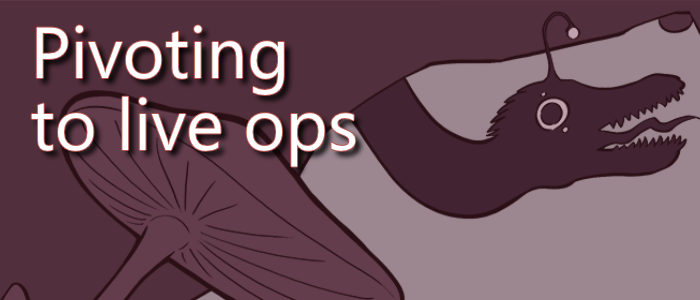
When your game passes the gold version but still get updates, we call it live ops developement or “game as a service” (GAAS). Big companies are praising live ops and indies are getting in this new trend as well. But this is not a small decision and you should be aware of major challenges. We will talk about:
Changing your production organization
New marketing challenges
Understanding your players expectations
and much more!
If you have a narrative game, live ops is probably not for you! But you can think of new stories in DLC or free chapters to add later.
If your game is not purely narrative, you have a few things to consider before doing live updates:
Do you really want it? Don’t do it if you’re exhausted from production.
Did you bring enough revenue so updates are actually worth the money?
Has your game under-reached it’s potential? Maybe updates can help on long-term sales to catch up!
Yes, those two last points are super hard to estimate. I generally advise to not do live-ops updates if your game has been sufficiently marketed and only generated 25% of it’s production costs during month 1 of release.
Check out this article by Simon Carless to see an average on how much games do 1 week, 1 month and 1 year after release.

When creating updates, there is a continuous flow of things developer have to do. Game designers have to tune in new features, developers have to implement new stuff, level designers have to tweak values, graphic artists have to make new mockups and graphic items.
The problem is that now, the time scale is much tighter. They used to have 3 to 6 months to plan ahead and prepare stuff. Now, it’s only 1 or 2 months max. The art direction must stay the same, no bugs should arise from old features, new content has to be even better than the previous one.
In this storm, as a marketer you’ll be the one at the end of the pipeline. Most of the time, everything must be 100% ready before you can speak about it. Players will complain that you’re not talking enough. The truth is if you’re only speaking to say useless things or features that will never see the light, they’ll resent you as well.

The key here is to improve your tools. If you’re fast enough, you’ll be able to put up PR & dev blogs on the fly without spending too much time in preparation. Here are some things you can put up in place:
Learn to make gifs, arts & others on your own. It doesn’t necessarily mean understanding how to design, it can also be using premade assets & fonts from the graphic art team.
Get a good translation pipeline. Try to hire translators who can be reactive and answer emails fast. Getting professional translators is often better because amateurs tend to do it on the side.
For everything mass mailing, use some newsletter system and get something easily editable, with templates and such.
Get a proofreading app. It will help you clean 50% of mistakes on your own and maybe avoid getting an editor.
Have a solid database of organized assets. You don’t want to fetch assets, links, texts for too long!
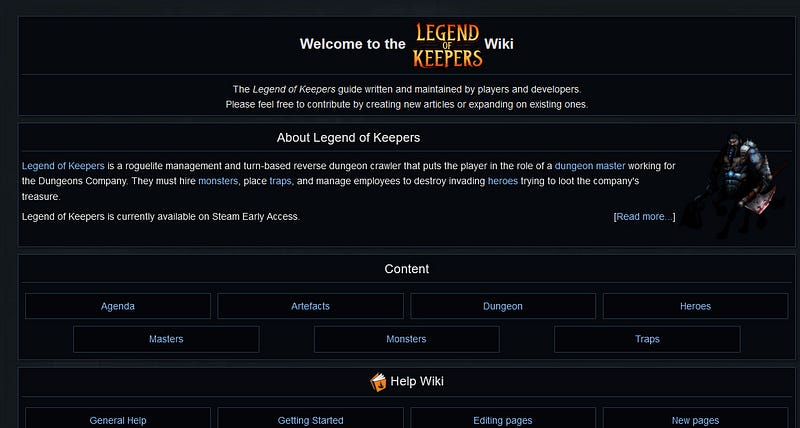
The problem with live ops is that you probably have 2 years or so behind you. When the game got released, you team might be burned-out. Think abot your structure, getting new people, or putting the current one on new projects!
New people give a new perspective on game design, art and much more. They have a solid base that can get new, exciting, sometimes game-breaking changes.
Be careful to hire people that get, and like the base, the vision. They need to push the game in the best direction possible while keeping the current players happy!

After the release of your game, let your team take holidays or days off in the week. Maybe switch to a 3 days work week during a few weeks or even during this whole new phase can be interesting. You’re going a fresh energy, either from new or former workers.
Game companies sometimes hire third-party studios to create new DLCs and updates ! Motion Twin gave Dead Cells to Evil Empire, they’re now producing DLC with paid and non-paid content. I’ve heard there are other companies more and more doing this!
When releasing a game, it’s interesting to have a clear roadmap. Players love to know what’s coming up, what content is in preparation, how the game will change and evolve.
Be careful though, if you change the roadmap make sure the changes are SUPER visible. Your hardcore fans ARE waiting for some features!
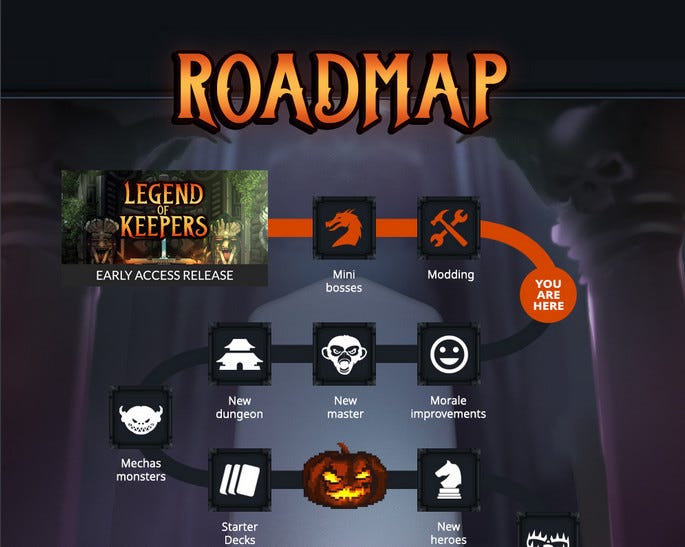
I suggest that you separate your upcoming content into MAJOR and MINOR features.
For instance you can release every 1 or 2 months, 1 major feature, and at least 2–3 minor features. It’s even better if it’s aimed for short, medium or long term game sessions. Make sure every profits from getting a new update!
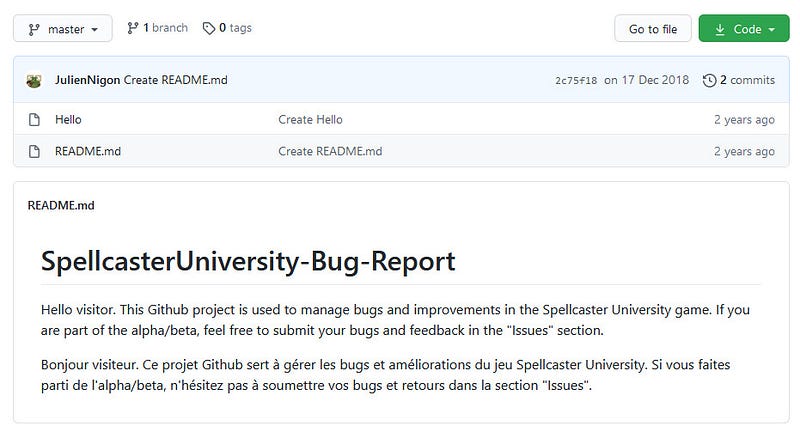
Some people take the opportunity of live players to allow them to report bugs. People like to complain when there is a bug, and they like to know it’s acknowledged by developers. There is nothing more frustrating to a player that a recurring bug that never gets addressed!
We’re missing some tools to make this community debugging, but the most frequents are:
Discord, sometimes helped by a bot
Trello, where people can upvote / sometimes create issues
Public repository such as the example of Spellcasters University
Ingame reporting tools, that get more popular but lack an efficient tool that can be easily deployed
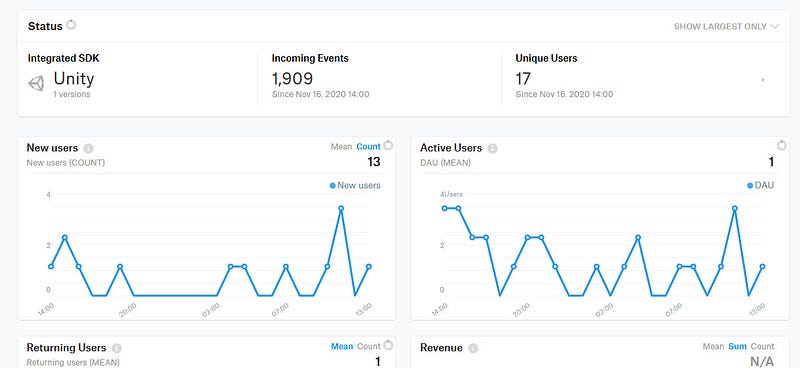
You can implement Analytics when the release is 75% completed! Too soon and you’ll lack content to analyze. Too late you’ll miss a good chunk of players as well as the opportunity to balance things out!
I’ve struggled with it myself, and built a custom backend! But it was too much work, and I’m now using Game Analytics. It was a bit complicated at first, but now we have pretty interesting marketing & design stats!
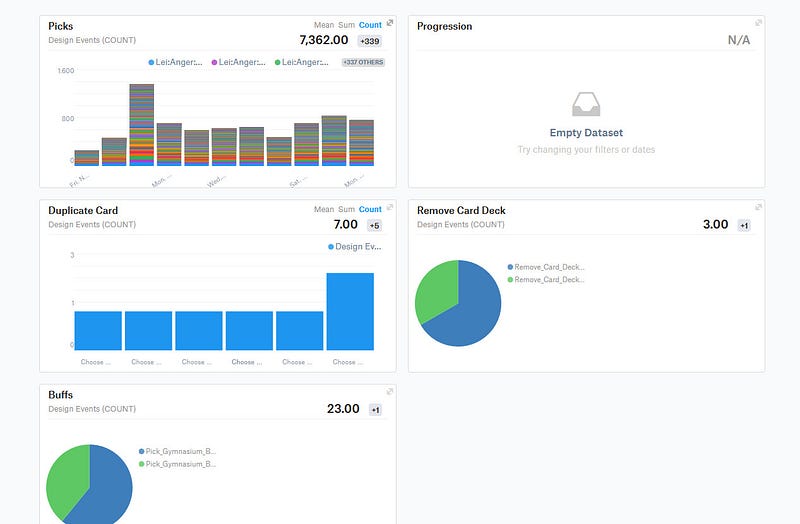
Biggest studios get a video trailers to showcase the changes! You can also do one, but it takes new skill you may not have inhouse. I think we’ll see these “promo trailer” more and more.

Be careful though, they take time to make and sometimes don’t gather enough attention because it’s “only” a game update. It depends on the type of new content you’re pushing!
That’s it for now! Have a great day and let me know if you have any questions about live ops for indies.
Tavrox.
I’m making a game called Neurodeck! Check out the steampage!
Read more about:
Featured BlogsYou May Also Like